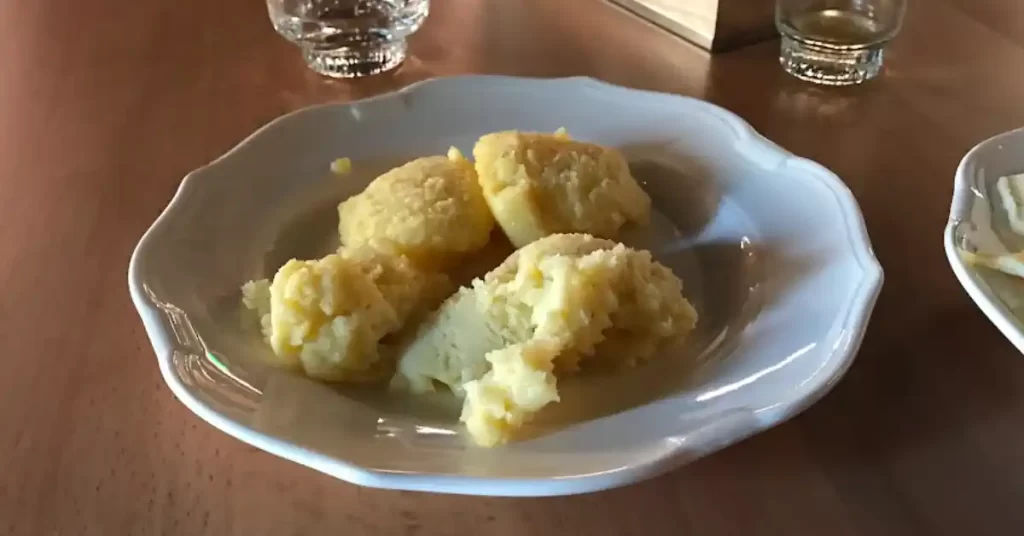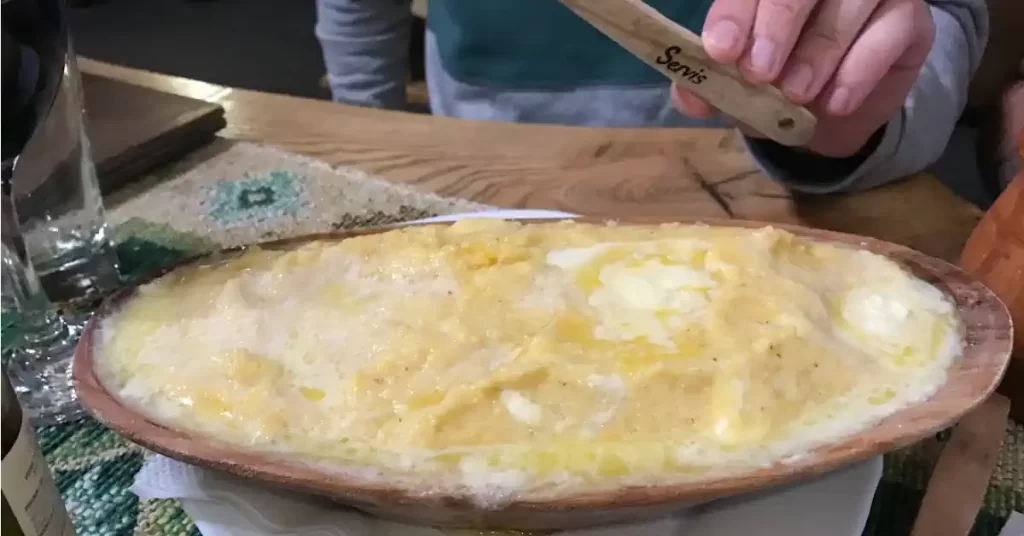Adriacom I Business Services & Immigration
Montenegro Awaits - Let's Make it Yours.
Adriacom I Business Services & Immigration
Montenegro Awaits - Let's Make it Yours.
A country’s cuisine is closely associated with its culture and becomes an essential part of our identities. Traditional recipes are passed down from mothers to daughters, the tastes and smells of feasts connect us firmly with our ancestry and bloodline.
Although its origins are unknown, the Montenegrin word for frying ‘prigati’ is at the root of the pastry’s name that coincidentally became an essential part of Montenegro’s culinary tradition. In past centuries Priganice were exclusively served on special occasions – like Christmas Eve and Good Friday – and for special guests.
Table of Contents
Toggle
If you want to try to make them at home, here is the centuries-old recipe that is assumably unchanged since the times when your great-grandmother was alive. Except for the salt probably, which was also rare in centuries past. The dough is made with flour, water, oil, and salt. You can add some yogurt to make them less greasy.
Vegetable oil, one of only three essential ingredients besides flour and water, was considered a luxury in times when the majority of Montenegrins had to struggle for bare survival, in a geography that was in short supply of arable land. Priganice were far away from being a regular food staple at the breakfast or dinner table of the average Montenegrin family.
This exclusivity led to its stellar rise as one of Montenegro’s most popular breakfast dishes. Priganice are either prepared in lard or vegetable oil – on Christian fast days. Traditionally the airy round-shaped dough balls, which are larger in Northern Montenegro and smaller at the coast, are served with honey, cheese, or Kajmak.
It is not rare to find it accompanied by a glass of homemade rakija or wine. Priganice are served in many restaurants in Montenegro as a breakfast dish alongside other country-specific meals such as Cicvara and Kacamak. You will also find them served at special events such as the Kotor Christmas Market. Every Montenegrin likes warm and delicious Priganice.

Kacamak is best served with homemade yoghurt but can also be matched with a variety of meat and vegetarian dishes.

Discover Cicvara, the traditional dish of Montenegrin Highlanders. This cornmeal porridge will keep you well-fed for your mountain adventures.